Robin Abcarian: California's cycle of fiery destruction and reconstruction is longer than you might think
Published in Op Eds
For the first time in memory, everyone around here either knows someone or is someone who has lost a home or been dislocated by the fires that have scarred so much of our beloved Los Angeles.
And everyone wonders: What happens now? Will people rebuild? When will things get back to normal?
Those of us who have been paying attention over the last few decades also wonder: How long before it happens again?
The New York Times journalist Seth Mydans once described this tension as our region's "central paradox." We are, he wrote after a major 1993 wildfire, "caught between fire and flood, beauty and devastation, dread and reckless optimism."
So many factors helped make our current natural disaster one of the largest in American history: a warming planet, an extremely dry season that followed an extremely wet one, unusually brutish Santa Ana winds, extensive development in places known to catch fire cyclically.
But the more you learn about the natural disasters that strike our foothill and mountain communities, the more you wonder what the hell city planners and politicians were thinking when they zoned so much of it for development in the first place.
Despite the tendentious fingerpointing, no politician in the world — nor fire department, for that matter — could have tamed the hurricane-force winds that grounded firefighting aircraft while flinging devastating embers into neighborhoods where out-of-control fire was previously unthinkable.
In California, the supposedly unthinkable keeps happening.
We have wet falls and winters, followed by hot, dry summers that suck the moisture from the chaparral, which becomes kindling for the fires that are ignited by human activity — sparking power lines, arson, campfires, vehicles, fireworks — then whipped into frenzy by the devilish winds that originate in the deserts and pick up speed as they whoosh through our mountain canyons to the ocean. As it turns out, we live in a place whose weather cycles and topography are a veritable gift to the fire gods.
"Fuel, not ignitions, causes fire," UC Riverside fire ecologist Richard Minnich once said. "You can send an arsonist to Death Valley and he'll never be arrested."
In 2017, another wind-whipped inferno, the Tubbs fire, swept unthinkably through the flat residential neighborhoods that straddled the 101 Freeway in Santa Rosa. Twenty-two people died, and more than 5,600 structures were destroyed, including about 5% of Santa Rosa's housing stock. It was the most destructive wildfire in California history.
That record stood for just 13 months. The following year, the Camp fire devastated the Northern California town of Paradise, killing 85 people, destroying about 14,000 homes and displacing about 50,000.
Until last week, the Camp fire was believed to be the costliest fire in U.S. history. But its $12.5 billion in damage will be pocket change compared to the eventual tally of the Palisades and Eaton fires. The real estate analytics firm CoreLogic has estimated the damage to insured properties at $30 billion so far. AccuWeather experts estimated that between property damage and economic losses, the tab will be $250 billion to $275 billion.
Over the last 30 years, it's become a cliché in these moments to turn to the late writer and social critic Mike Davis' famous 1995 essay "The Case for Letting Malibu Burn," republished in his 1998 book, "The Ecology of Fear." But the essay is an eye-opening primer for anyone who thinks the latest fires are a fluke. In fact, they are a feature of the landscape, exacerbated by our fire suppression practices, and will recur reliably, as they have forever.
The arguments over whether to rebuild, and who should bear the cost of doing so, have also been going on for decades.
In 1993, the Old Topanga fire — one of 26 major wildfires that burned from Ventura County to the Mexican border that year — blazed for 10 days, scorched 18,000 acres, destroyed 359 homes and killed three people. Two years later, then-state Sen. Tom Hayden, who was running for Los Angeles mayor, argued for imposing more restrictive zoning in disaster-prone areas or, failing that, forcing local governments to cover costs.
"Does everybody in California think that American taxpayers are going to subsidize our lifestyle forever, that we can just present them a blank check every time we have a mudslide or a flood?" he asked at the time. "The rest of America has troubles too."
No wonder he lost his bids for California governor in 1994 and Los Angeles mayor in 1997.
Within five years, I predict, most of the Palisades, Malibu and Altadena will be rebuilt. Memories will fade, insurance rates will rise, life will go on — until the next fire, flood or earthquake.
"We've invented a fool's paradise," Hayden once complained.
Maybe so. But time after time, we reinvent it too.
____
Bluesky: @rabcarian.bsky.social . Threads: @rabcarian
©2025 Los Angeles Times. Visit at latimes.com. Distributed by Tribune Content Agency, LLC.






















































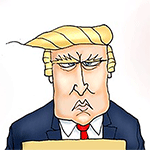

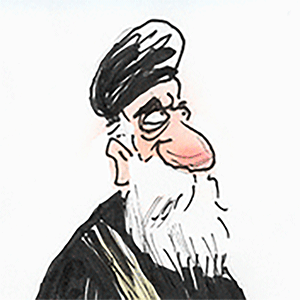
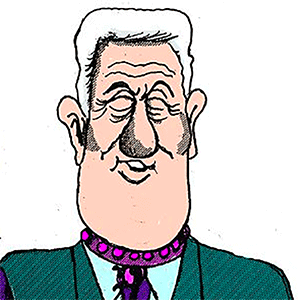
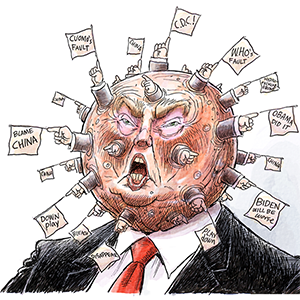
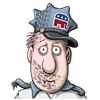
Comments